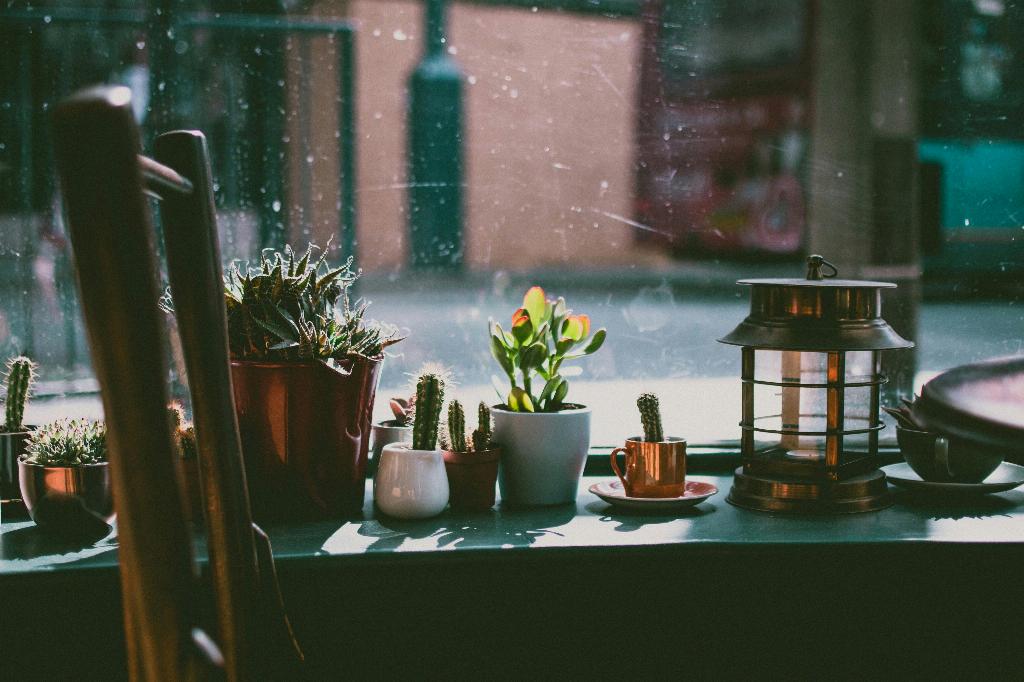When it comes to caring for succulents, one of the key considerations is the type of soil they require. Succulents are known for their unique ability to store water in their leaves, stems, and roots, making them well-suited for dry, arid environments. To thrive and flourish, these plants need soil that provides adequate drainage while also holding the right amount of moisture to support their growth.
The Importance of Well-Draining Soil
Succulents have shallow root systems that are susceptible to rot if they sit in waterlogged soil for too long. This is why it is crucial to plant succulents in soil that is well-draining. A loose, porous soil mixture allows excess water to escape quickly, preventing the roots from becoming waterlogged and potentially rotting. This promotes healthy root growth and helps succulents thrive in various growing conditions.
Optimal Soil Composition for Succulents
When it comes to the composition of the soil for succulents, a combination of materials that offer both drainage and aeration is ideal. A rocky soil mix that includes components like sand, perlite, or pumice can help create pockets of air in the soil, preventing compaction and allowing the roots to breathe. This type of soil also mimics the natural habitat of many succulents, which often grow in rocky, well-draining soils in their native environments.
Choosing the Right Potting Mix
For succulents planted in containers, using a potting mix specifically formulated for succulents and cacti is highly recommended. These mixes are designed to provide the right balance of drainage and moisture retention, offering an ideal growing medium for these plants. Look for mixes that contain ingredients like sand, peat moss, or coconut coir to create a well-aerated and well-draining environment for your succulents.
Planting in Containers with Proper Drainage
When planting succulents in containers, be sure to choose pots that have drainage holes in the bottom. Proper drainage is essential for preventing water from pooling at the bottom of the pot and saturating the roots. If your pot does not have drainage holes, consider using a layer of gravel or small rocks at the bottom of the pot to help facilitate drainage and prevent waterlogging.
Providing Nutrients Without Overloading
While succulents do not require heavy feeding like some other plants, they still benefit from occasional fertilization to support their growth. When choosing a fertilizer for succulents, opt for a balanced, water-soluble formula that is diluted to half-strength. Apply the fertilizer sparingly, following the manufacturer’s recommendations, to avoid overfeeding your succulents and causing nutrient imbalances.
Amending Soil for Improved Drainage
If you find that your existing soil is too heavy and compacted for succulents, you can amend it to improve drainage. Mixing in materials like coarse sand, perlite, or gravel can help loosen the soil and create a more hospitable environment for succulents. Be sure to blend the amendments thoroughly with the existing soil to ensure even distribution and optimal drainage.
Monitoring Soil Moisture Levels
Keeping an eye on soil moisture is essential for succulent care. While these plants are drought-tolerant and can withstand periods of dryness, they still need some moisture to thrive. Check the soil regularly by inserting your finger into the soil up to an inch deep. If the soil feels dry, it’s time to water your succulents. Remember to water thoroughly, allowing excess water to drain out of the pot to prevent waterlogging.
Avoiding Common Pitfalls
One common mistake that many succulent owners make is overwatering their plants. Succulents are resilient against drought but can easily succumb to root rot if left sitting in damp or waterlogged soil. To avoid this, water your succulents sparingly, allowing the soil to dry out between waterings. Additionally, refrain from misting succulents or placing them in overly humid environments, as this can also lead to moisture-related issues.
Replanting for Optimal Growth
Over time, succulents may outgrow their containers or deplete the nutrients available in the soil. When this happens, it’s time to consider repotting your succulents to provide them with a fresh growing medium and more space to grow. Choose a slightly larger pot with adequate drainage holes and fill it with a well-draining soil mix to support continued growth and health of your succulents.
Conclusion
In conclusion, providing the right soil for your succulents is crucial for their overall health and well-being. By using a well-draining soil mix, planting in containers with proper drainage, and monitoring soil moisture levels, you can create an optimal growing environment for your succulents. Remember to avoid overwatering, provide occasional fertilization, and repot as needed to ensure your succulents thrive and continue to bring beauty to your indoor or outdoor space.

